![]() It was the kind of day ski bums live for… 10 inches of new snow, calm winds, and the sky was clearing. It’s also the type of bluebird day that ski industry marketing revolves around. Queue the videographers!
It was the kind of day ski bums live for… 10 inches of new snow, calm winds, and the sky was clearing. It’s also the type of bluebird day that ski industry marketing revolves around. Queue the videographers!
The experts with their GoPros were queued up before the first lift, chomping at the bit for fresh tracks. But for intermediate skiers accustomed to the forgiving comfort of Sun Valley-style corduroy, conditions like that always pose a bit of a problem. They struggle in choppy, unpacked snow.
So once the powder hounds had tracked up the runs and moved on into the trees, the masses are left to flail around in chopped-up powder on top of an icy base.
See, all 10 inches fell in the early morning hours — after the snow cats had manicured the mountain. There would be no “groomers” that morning.
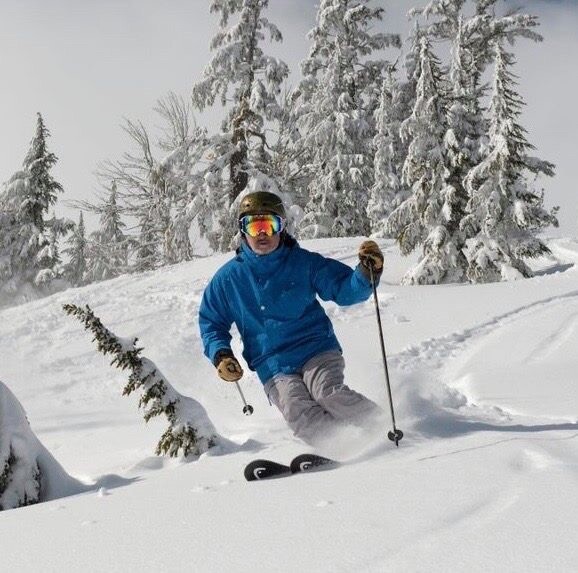
There were a lot of yard sales that day — tumbling falls where skis, poles and goggles are strewn all over the run. One guy I know broke a rib. And there were plenty of knee injuries.
Always are. Any ski patrolman will tell you… Modern ski binding technology has almost eliminated the broken leg from skiing. Helmets have reduced the number of head injuries, but knee injuries are common. Scary common.
In the U.S. 70,000 people blow out their ACL skiing every year. On the World Cup circuit you rarely find a racer who hasn’t had some damage to an ACL at some point. But most of those blown out knees involve beginners or overconfident intermediate skiers who sitting in the back seat the minute the snow surface gets unkept.
And yet, no one thinks twice about the critical connection between the ski book and the ski. Today, bindings have devolved into commodity items.
Binding brands used to play a big role in ski industry marketing.
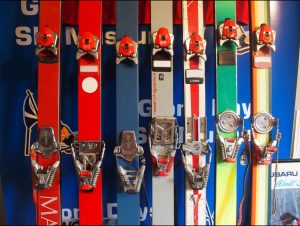
For 30 years Marker, Look and Solomon battled it out for market share supremacy in the ski binding industry. Skiers were very brand loyal… people swore by their Solomons, while many others went for nothing but Markers. Skis and binding were sold separately, and just as much thought went into the binding purchase as the skis.
Unfortunately, a long series of mergers, acquisitions and overall industry consolidation has relegated bindings to an after-thought. There’s been almost no innovation in that realm for a long time, with one notable, entrepreneurial exception.

KneeBinding – The binding with a purpose
There’s a binding brand out of Stowe, Vermont that aims to put the knee surgeons and physical therapists out of business.
While all modern bindings release up and down at the heel, KneeBinding also releases laterally. The product’s patented “PureLateral Heel Release” is a huge technological leap in binding technology and, seemingly, a slam dunk in ski industry marketing.
In fact, it’s the first substantial change in 30 years and it promises a dramatic decrease in the number of knee injuries on the slopes.
Knee Bindings really can save your ACL in the most common, twisting, rearward falls. And they don’t release prematurely. (At least from what I can tell from the current reviews and my own, personal experience.)
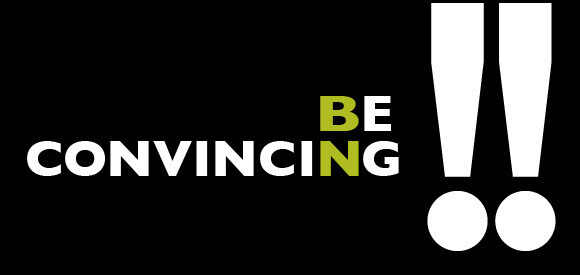
KneeBinding has the potential to blow the ski socks off the ski industry and establish itself as a credible brand instead of a commodity. But will it?
If the company’s early advertising is any indication, they don’t have a very good handle on their brand strategy or the importance of image. This may, very well, be a ski industry marketing case study of a great product but an under-achieving company.
Founder John Springer-Miller has been quoted saying, “This is a serious company with a serious solution to a very serious problem.”
And it’s true: It now costs an average of $18,000 for the initial repair of a torn ACL. That makes ACL injuries in skiing a $1 billion-a-year medical problem. Plus, it takes eight months, usually with intensive physical therapy, for an ACL to heal well enough for the victim to get back on the slopes. One-out-of-five patients never ski again.
So why, pray tell, would you launch KneeBinding with goofy ads featuring a pair of 3-glasses? “Just tear them out, put ‘em on, and see the world’s first 3-D binding.”
I get it. The idea of 3-D Bindings might have merit, but 3-D glasses? C’mon. It’s a gimmicky idea that will, unfortunately, rub off on the product. And the last thing you want is people thinking KneeBinding is just another ski industry gimmick.
It was an unfortunate move for a potentially great brand. And frankly, a failure in the annuls of ski industry marketing.
The tagline/elevator pitch is also problematic: “The only binding in the world that can mitigate knee injuries.”
That line was obviously written by an engineer. Red flag!
First, it’s absolutely untrue: All modern bindings mitigate knee injuries to some degree. If we couldn’t blow out of our bindings there’d be a hundred times the number of ACL injuries. Plus a lot of broken bones.
Granted, the KneeBinding mitigates a specific type of knee injury that the competitors don’t, but that line just doesn’t ring true. It sets off my internal BS meter and puts the credibility of the entire brand in question.
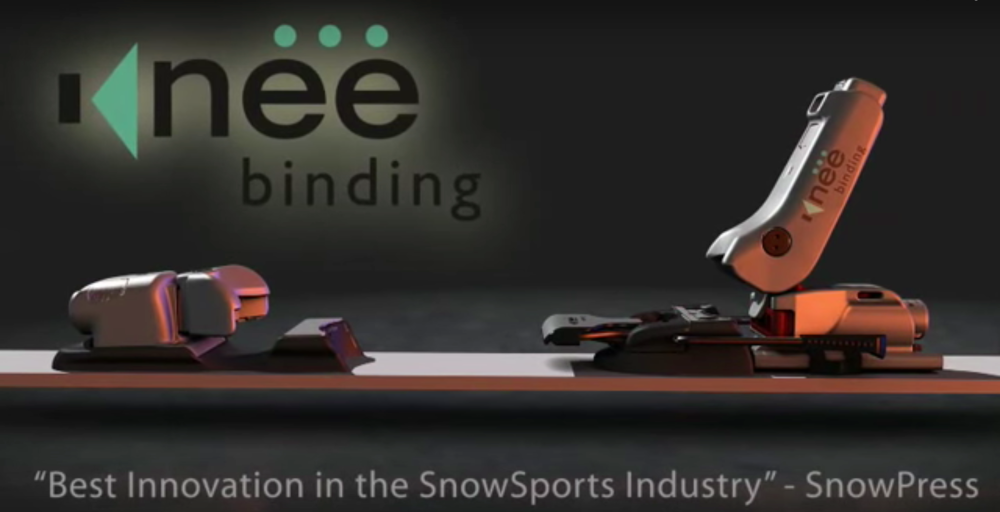
Besides, it sounds like something an M.D. would say. Not exactly the stuff of a memorable, iconic brand.
KneeBinding is a perfect example of a company that’s led by an engineer/inventor. Springer-Miller has developed a great product, and hats off to him for that. But the brand will never become a household name if the marketing is also driven by the engineers. (Is Too much information killing your adveritisng?)
Even the name is a marketing nightmare. It’s so literal it excludes the most important segment of the market.
“Knee Binding” won’t appeal to fearless, indestructible 20-year olds who star in the ski films and drive the industry trends. It’s for the parents of those kids. The 40+ crowd who have been skiing long enough to see a lot of their friends on crutches.
That group — my peers — will buy the KneeBinding to avoid injury and maintain our misguided idea of youthfulness. And we might buy them for our kids, as well. But that’s not the market Springer-Miller needs if he wants to build a lasting brand in the ski industry.
And guess what… KneeBinding won’t appeal to either audience with technical illustrations of the binding’s components, or with 3-D glasses, like they have in their current advertising.
It has to be way more emotional than that.
Not just the advertising, the brand itself. It needs a hook that goes way beyond engineering and orthopedics. (Three logical reasons why brands need more emotion.)
I hope this product succeeds. I really do. I hope the KneeBinding technology becomes the industry standard. But I fear that the company and the current brand will not survive unless they get a handle on their brand strategy and their marketing program.
Launching a great product does not always equate to the birth of a lasting brand.
KneeBinding needs to build a foundation for the brand that’s as good as the product itself. Right now, the quality of the marketing is not even close.
With the right marketing help and adequate capital, KneeBinding could thrive. (But It’ll never give the major manufacturers a run for their money unless one of the big brands licenses the technology.)
Knee Binding was first in the market, which is big. They’ve won some industry accolades. The product stands up to performance tests. And they’ve established some degree of national distribution.
But this is not the first time someone has tried lateral heel release, and the older target audience remembers those failed attempts. The younger crowd doesn’t think they need it.
They’re not even on the radar of most skiing consumers. And Knee Bindings are the most expensive bindings on the market…. Not a good combination for ski industry marketing success.
How John Springer-Miller address all those issues could mean the difference between a safe, successful run and a ski industry marketing face plant.
If you’re looking for help marketing anything in the ski industry, contact me here. Or reach out on Linkedin.


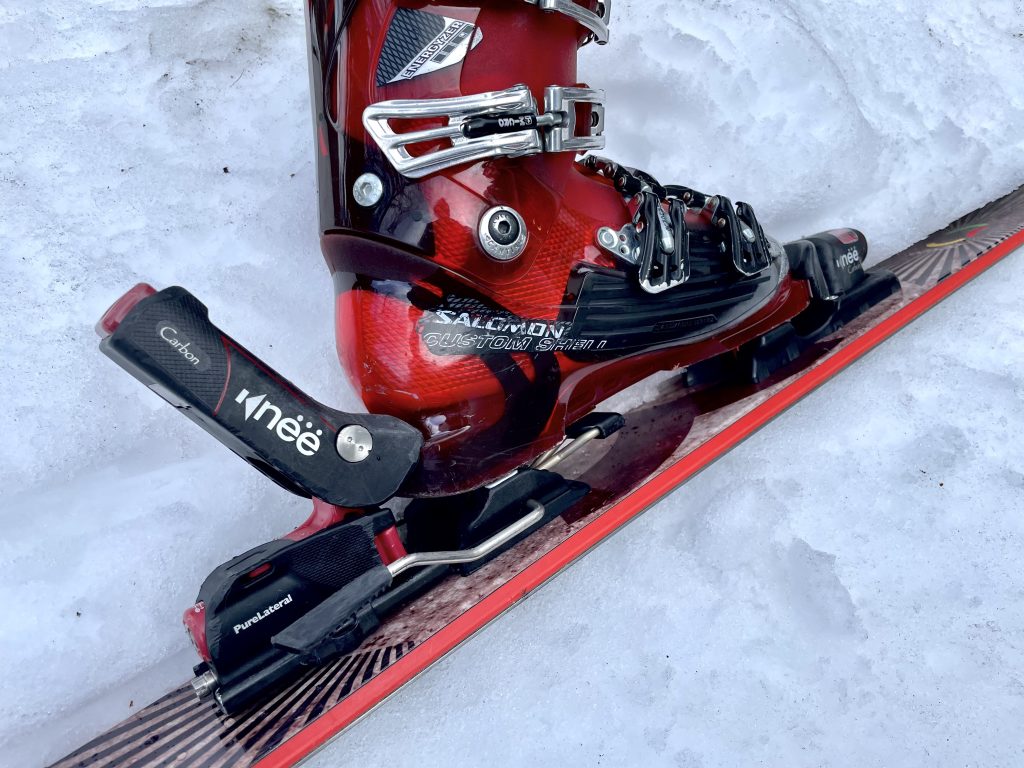
Wow – thank you Mr. Furgurson for your recognition that KneeBinding is the next big thing in skiing. As you pointed out, it is the first significant enhancement in bindings in 30 years. KneeBinding is designed specifically to tackle the infamous “phantom foot” injury mechanism in skiing, which directly causes so many knee injuries on skis, including about ¾ of the ACL injuries. It is the only binding on the market designed to mitigate knee injuries.
I’d like to correct one thing – although I have had great success in innovating and marketing new products, I am not an engineer, and the original idea behind the KneeBinding is not mine. A couple of years ago, it became clear to me that the knee issue in skiing had become an epidemic, and that this invention could become a viable solution. I felt it deserved its day in the sun, and I was fortunate enough to be in a position to help make that happen. I work with an outstanding team of people who are devoted to its success.
KneeBinding faces a variety of challenges. It’s one thing to introduce a new product during a serious recession. Introducing a new ski binding is especially difficult – in part, because bindings have been commoditized by other ski companies over the past decade (they all do the same things and they all do them basically the same way). We needed some way to get people to realize that the KneeBinding offers something really different. First, we structured a broad-based, serious and often technical message about ski binding safety and performance – and then we created a fun way to get people to look at the message. The use of 3D-glasses to introduce the world’s only three-dimensional ski binding (which Mr. Furgurson sees as gimmicky) has been highly effective at various levels. People are taking a look at our message, they are talking about our product, and they are buying our ski bindings. We trust that once consumers get the message that there is a serious solution to the knee injury problem, they will not be overly concerned with how the message first got to them.
We are taking Mr. Furgurson’s comments about our branding strategy to heart, and we are also taking them as intended: as supportive assistance with a difficult challenge. Brand development is an art, and each artist has his or her unique ideas about any specific brand. Some succeed, some don’t, and even after 30 years of success, I still have no magic wand. We welcome help from any quarter.
Like Mr. Furgurson, we hope the market understands the value of this product and that skiers will rapidly adopt the unique technology that makes it so effective, and we are confident that our marketing has been effective. Over time, however, the KneeBinding brand will succeed because people trust us to provide higher levels of safety and performance than any other brand – not because of the ads we introduced it with.
John Springer-Miller
Chairman, KneeBinding Inc.
Good discussion. I would probably suggest focusing on the “Big Idea” of the product; e.g., saving your knees. But it’s hard to sell “insurance” and preventatives… unless you push the PAIN button really hard, perhaps using fear, which can be a powerful motivator.
Like most products, picking its U.S.P. and then finding sound bytes, tag lines, etc. that amplify that USP is the key.
Very interesting discussion.
Rick
Damn, that sound’s so easy if you think about it.
Sometimes it’s really that simple, isn’t it? I feel a little stupid for not thinking of this myself/earlier, though.
Hi there, my grandfather told me about your blog a few months ago. and I absolutely like it. I will be subscribing! Kee up the good work!
Great idea, thanks for this tip!
So right, great post! Thanks for the hard work.
Very true, great post… Keem ’em coming!